Encyclopedia @fantvwiki - What are Root, Root Function, and Root Characteristics

To know a lot about the lessons I publish, you can look at my previous posts :
Chapter 1, Plants as a source of life for humans
Hello Literacy friends, best regards to you all.
As stated in the previous post Encyclopedia @fantvwiki Chapter 1, I discuss the basic things that exist around our lives, as a form of insight and information. Who knows, teachers and students can benefit from the themed posts that I publish, and all the educational posts that I will share are materials that I have exposed to my students at school so far, especially students in Grade 4 of elementary school.
In the continuation of Chapter 1 yesterday I discussed plants as a source of life for humans, we already know the parts of plants consisting of roots, stems, leaves, flowers, and fruits. This time we will discuss more specifically these parts that will start from The Roots, parts of plants that are generally in the ground and are not visible.

If you look at the plants around us, try to dig a little on the part of the soil where the plants grow. There we will find parts of the plant and often we call The Roots, parts of plants that are not visible on the surface, and generally are in the ground, although some plants also have a visible will.
| Root Function |
|---|
If we repeat the previous material, the function of roots for plants is very important. In detail, the function of the roots in plants is as follows :
- Liquid absorbers and transporters in the form of water and nutrients often called mineral salts such as potassium, iron, nitrogen, calcium, and copper.
- As part of the plant that serves to strengthen the plant itself, so that it can firmly stand on the surface of the soil.
- For some types of plants, The Roots also serve as a place to store food reserves for plants.
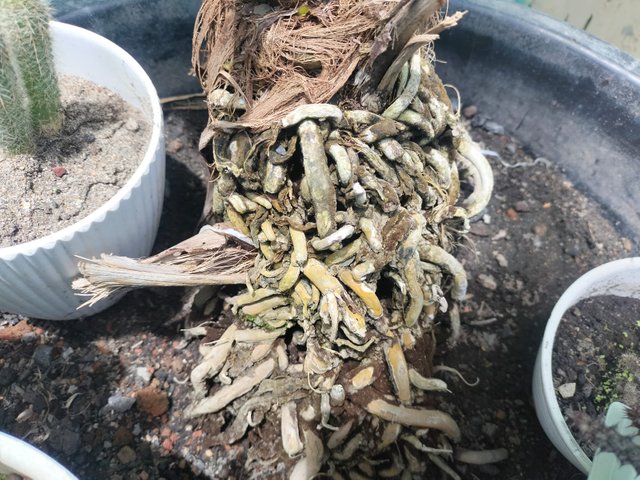
 | 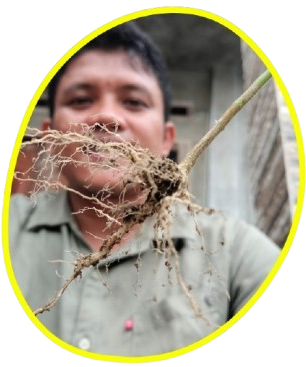 |
|---|
| Root Characteristics |
|---|
After knowing the function of roots in plants, we also have to know the roots with the characteristics they have. Some of the characteristics of plant roots include :
- The roots are generally in the soil, for some types of plants the roots can be outside the soil.
- Almost all roots have fine hairs and are also thick, so the roots have unicellular properties (an extension of one root cell).
- The roots have small, elongated hairs, so they can reach deeper parts of the soil.
- The roots can be elongated and enlarged, so they can absorb large amounts of water.
- The root also has the structure of the Epidermis (the outermost layer of skin), Cortex (the basic tissue in plant roots), Endodermis (a layer of single cells that tightly regulate the flow of substances in the root hairs), and Central Cylinder (the deepest part of the root consisting of tissue).
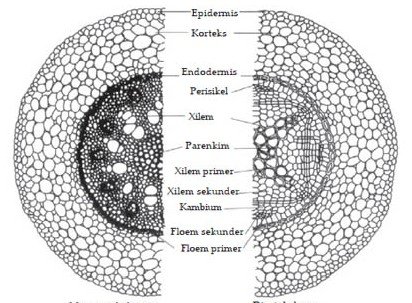
Well, so far we have known what the root is, the function of the root, and also the characteristics of the root in plants. Now when you look at the roots of each plant, you'll find a few different roots. Some are elongated and not very much and some are seen a lot for some types of plants, or the visible roots are not in the soil as a condition of the part called the root of the plant, but outside the soil.
| Root Forms |
|---|
Based on these clarifications, it turns out that the roots have differences based on their shape. So we will find different root forms in each plant. Did you know that roots are divided into several types based on shape, the types of roots based on shape are as follows :
1. Taproot

2. Fibrous roots.

3. Hanging Roots.

4. Spinal Root.

5. Root Breath.

6. Adhesive Root.

Those are some types of roots that we need to know as insight and information for all of you so that we can distinguish which types of fiber roots, which types of Taproots, which types of spinal roots, and other types of roots. The function of all types of Roots is the same, although some types of roots have their functions and are characteristic of the plant.
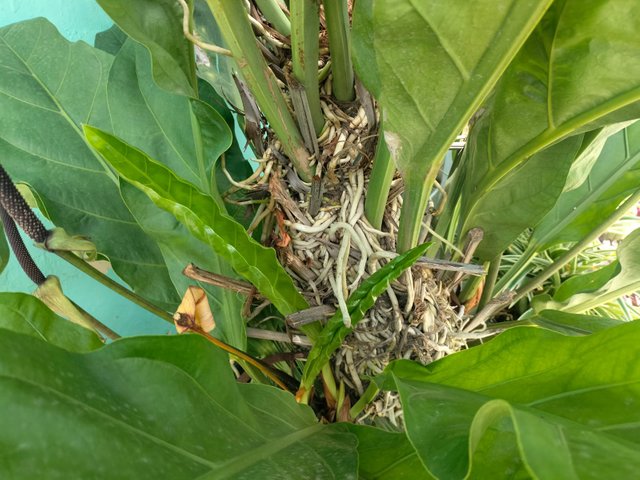 | 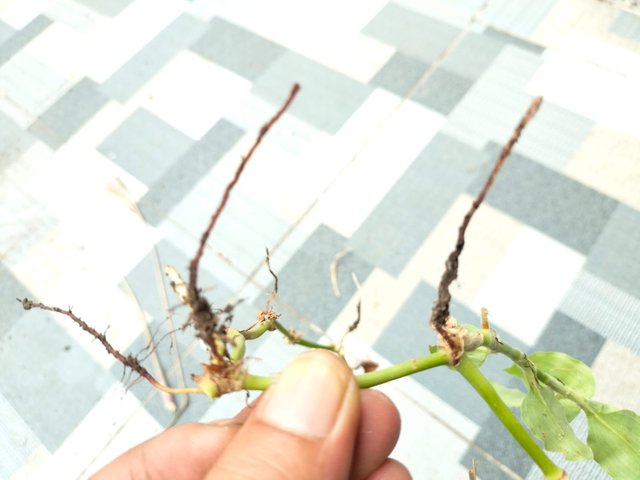 | 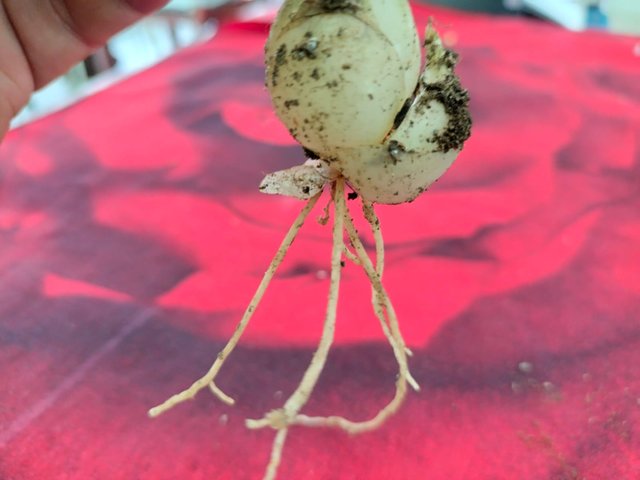 |
|---|
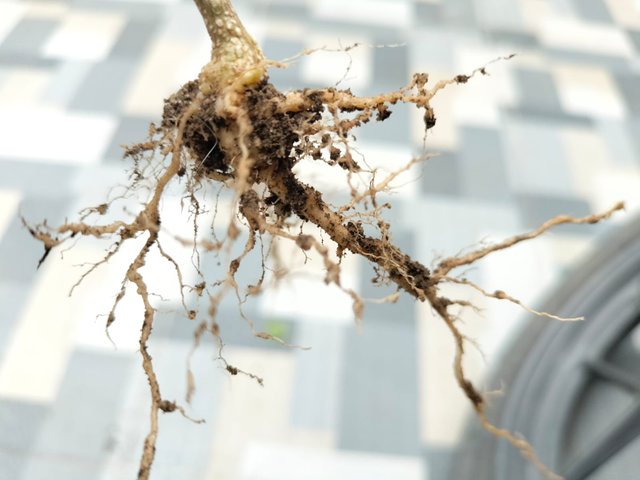 |  |
|---|
So we have a little bit more understanding of the root with all its forms, characteristics, and benefits. Hopefully what I publish can provide further understanding to anyone who reads it, especially for users with student verification.
Finally, I would like to say a big thank you and greetings to all of you.
| Period | 21 July to 21 September, 2024 |
|---|---|
| Transfer to Vesting | 632.905 Steem |
| Cash Out | 0 Steem |
| Result | Club75 |
| CSI | 14.0 (0.00 % self, 87 upvotes, 62 accounts, last 7d) |

#steemexclusive
@ myteacher
yes
no
Saya sangat yakin penjelasan anda tentang akar dan manfaatnya sangat mudah di pahami oleh siswa karena anda memberikan gambaran secara langsung pada mereka. Anda juga memberikan beberapa macam contoh tumbuhan dengan berbagai macam jenis akar berdasarkan bentuknya. Namun, jika boleh saya bertanya, apakah ada jenis tanaman yang akarnya tumbuh ke atas dan tanamannya tumbuh ke bawah? :D
Terima kasih untuk verifikasinya.
Pertanyaan yang bagus, namun untuk di jawab. Tapi saya pernah mendengar tentang jenis tanaman yang anda maksud, sepertnya Glacier Gardens adalah salah satu jenis tanaman yang unik.
Sumber gambar : www.glaciergardens.com
Upvoted. Thank You for sending some of your rewards to @null. It will make Steem stronger.